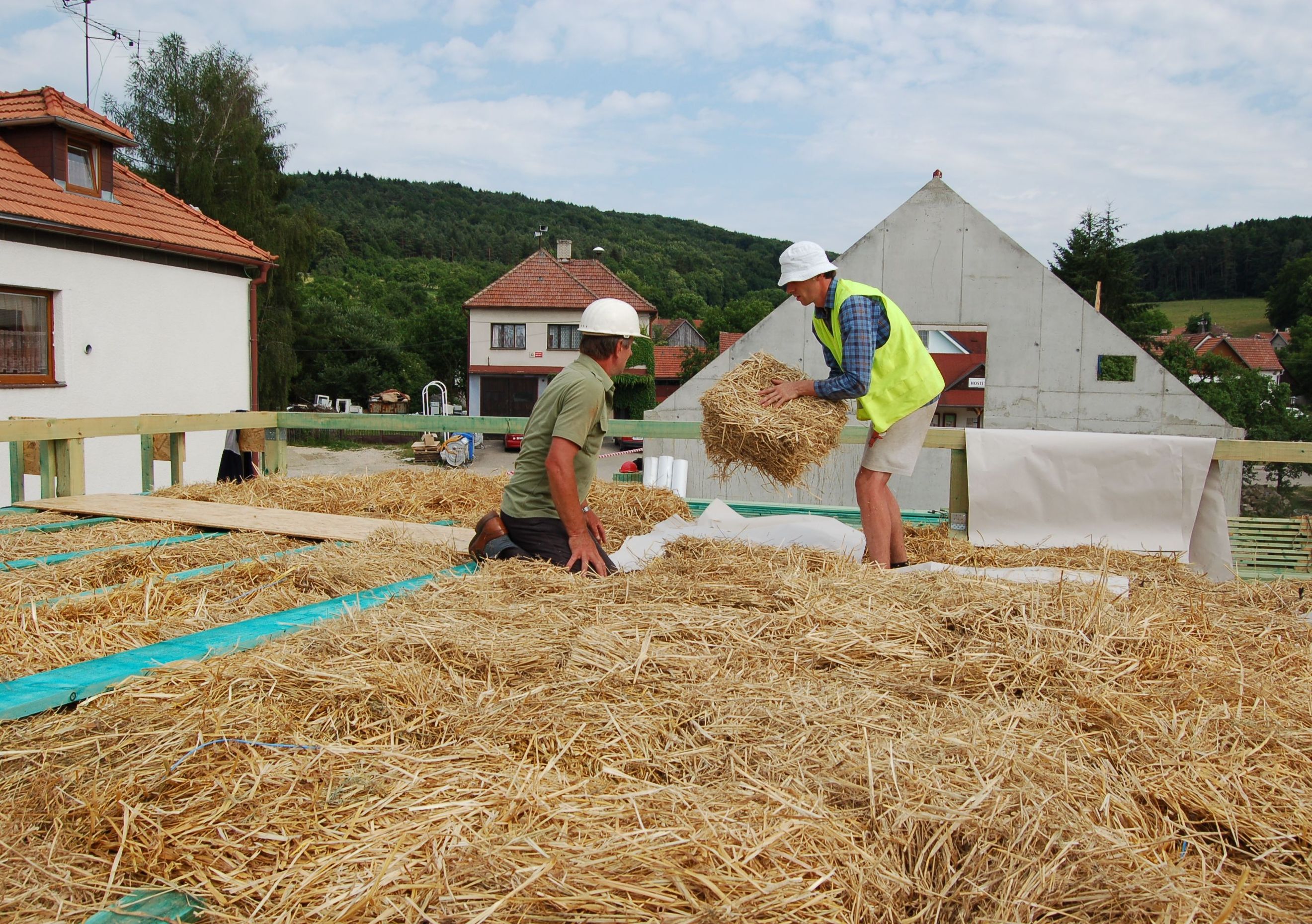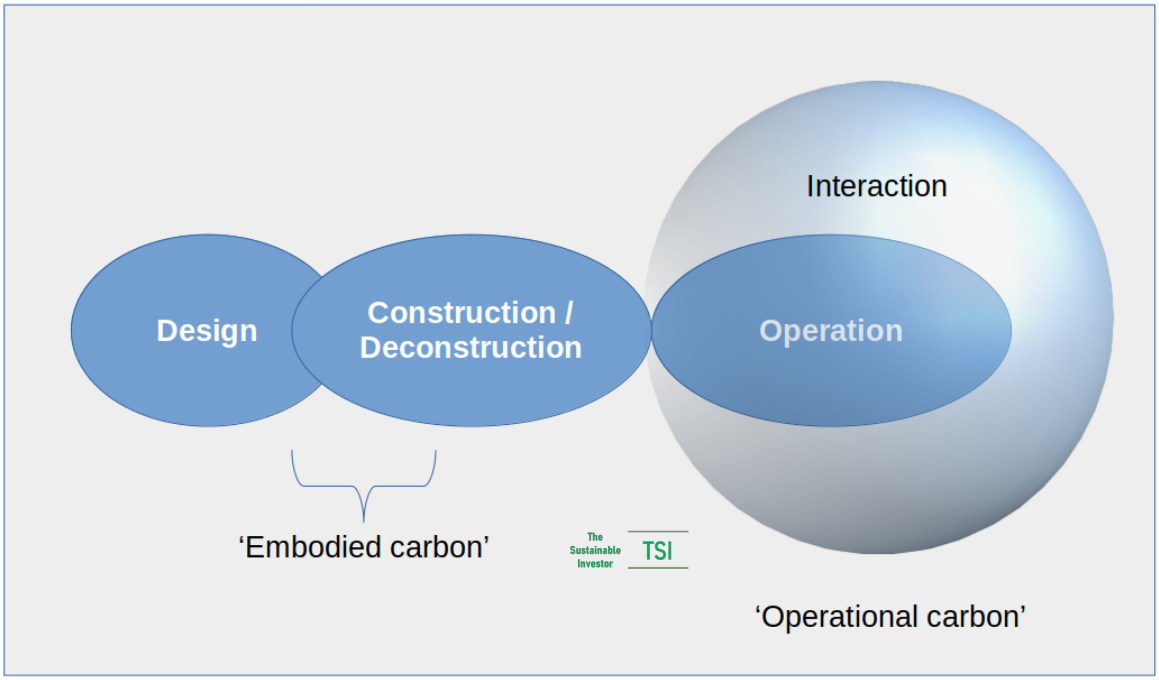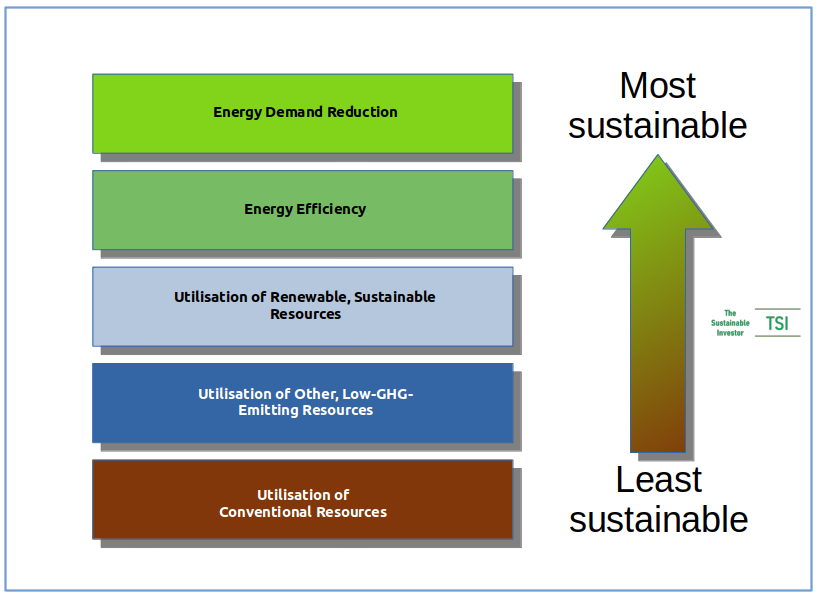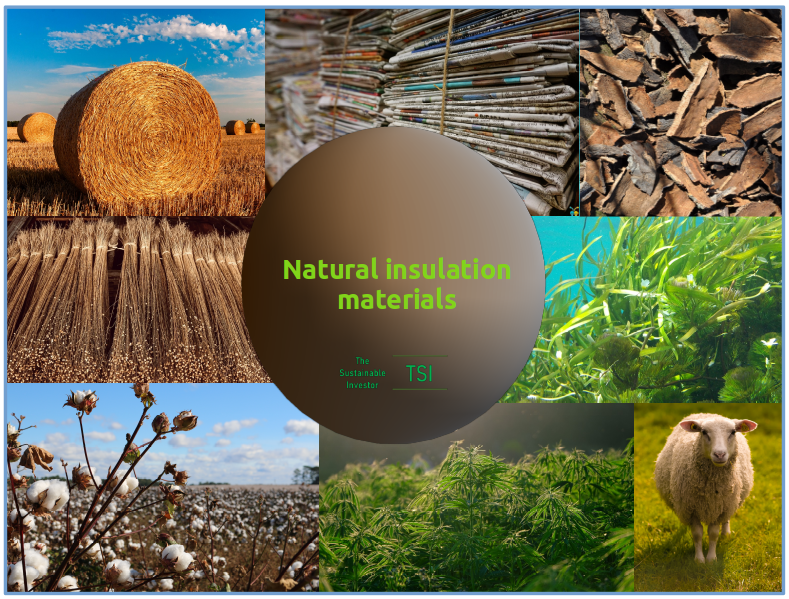
Nature insulating us from energy inefficiency
Insulation has been used for centuries to slow down the movement of heat in and out of buildings. One or a combination of several materials can be used as insulation. Nature provides some sustainable options.
Summary: One way of keeping our homes at an appropriate temperature is through effective insulation. Natural materials could be effective insulating materials for the built environment and are sustainable.
Why this is important: Conventional synthetic insulation materials are often derived from petrochemicals and thus have high embodied carbon as well as end-of-life disposal issues.
The big theme: The built environment, encompassing residential and commercial buildings, communal areas such as parks, and supporting infrastructure such as energy networks, mobility, and water supply, is an important sustainability theme. It is an integral part of societal existence and a major resource consumption problem (40% of global raw materials) and decarbonisation problem (40% of energy-related GHG emissions) that needs investor, government, business and consumer attention.

The details
Why this is important
The built environment is a significant GHG emitter across the different phases from inception to completion and operation.

The first two phases, 'design' and 'construction/deconstruction', are referred to as 'embodied carbon' and comprise approximately 11% of global emissions.
However, the consumption of resources when the building or facility is in use - 'operational carbon' is much bigger at around 28% of global emissions. This comprises the following two phases:
- Operation: activities enabling the building or structure to fulfil its function. The two main areas are 'thermal regulation' (keeping the environment at an appropriate temperature) and 'powering activities' (enabling us to do stuff in those facilities like running a washing machine or running a computer to write things like blogs for The Sustainable Investor).
- Interaction: how individual buildings and structures are linked together either physically or through systems acting as an ecosystem.
There are things that can be done or that are being developed that can improve efficiency at the individual accommodation and building level but also at a city-wide level.
Decisions made at early stages of the process can both reduce embodied carbon and improve the operational efficiency of the building, in turn reducing operational carbon emissions. That can also be applied to renovations, retrofitting existing buildings and bringing them into a better and operational state whilst avoiding the bulk of embodied emissions from new construction or indeed demolition of the structure.
The cheapest and greenest energy is the one you don't use
The Institute of Mechanical Engineers published an 'Energy hierarchy' in 2009 to act as a framework to guide sustainable energy policy and decision-making. We have represented it graphically below.

The top box is the most sustainable one. Reduce demand for energy in the first place by reducing waste, either through negligence (for example, leaving lights on when not needed) or through design (better insulation).
Think of it this way:
Generation = Consumption
or in other words the energy generated upstream is consumed downstream in the built environment. If we can lower consumption, then we can lower generation which in turn should lower harmful emissions (even before we talk about the mode of power generation).
Furthermore, we can subdivide Consumption:
Consumption = Usage + Wastage
or in other words what we use usefully and what is lost to the universe (or used up un-usefully). Usage and Wastage can both be lowered through improvements in efficiency which can be both active and passive, and through behavioural changes (for example, resetting what we assume to be a comfortable temperature).
As well as the reduction in emissions upstream, this type of improvement can also make buildings more cost effective to operate and maintain as well as making them more inclusive through better affordability.
Reducing the need to actively heat or cool a building reduces the demand for energy. Insulation can play a big part.
Insulation
Insulation has been used for centuries to slow down the movement of heat, which naturally moves to even out the temperature in a closed space such as our homes. One or a combination of several materials can be used as insulation (there are interesting examples of ‘radiant barriers’ in ancient times, which we discussed in this Deep Dive).

Insulating materials are rated with an R-Value which lets us know how effective they are at insulating - the higher the R-Value, the more effective the insulation. Insulation systems that combine a number of materials, typically structured together as panels that can then be fixed to walls or in roofs, can have an overall R-Value calculated. This allows architects and designers to work out the best combination for the environment in which the building is sited.
You can find out more about R-values and other relevant variables including thermal conductivity and U-value here.

Most synthetic insulation materials are derived from petrochemicals.
This can mean that they can contain plastic fibres which can be problematic from a health perspective during insulation and more importantly at end-of-life when they can end up in landfill.
There are several natural materials that can be used for building insulation, often providing benefits such as breathability, moisture regulation, and having low environmental impact. Locality is an important consideration and also whether the material is a byproduct or waste product from another existing industry (for example, sheep's wool which is already produced for the textile industry). Some natural materials can be produced and used at scale, whilst others are still at the research or early stages of their use. Also important to note that materials can be combined in systems to maximise various individual properties.
Examples include straw bales, cellulose, cork, wood fibre, cultivated plant fibres such as flax and hemp, recycled cotton, sheep's wool and even seaweed.
Natural materials could offer sustainable alternatives in selected cases although it is a trade-off between cost, effectiveness and aesthetics. In an upcoming 'Perspective' we shall look at case studies where these materials are being used in practice and compare and contrast looking at pros and cons of each.
Something a little more bespoke?
Get in touch if there is a particular topic you would like us to write on. Just for you.
Contact us
Please read: important legal stuff.


